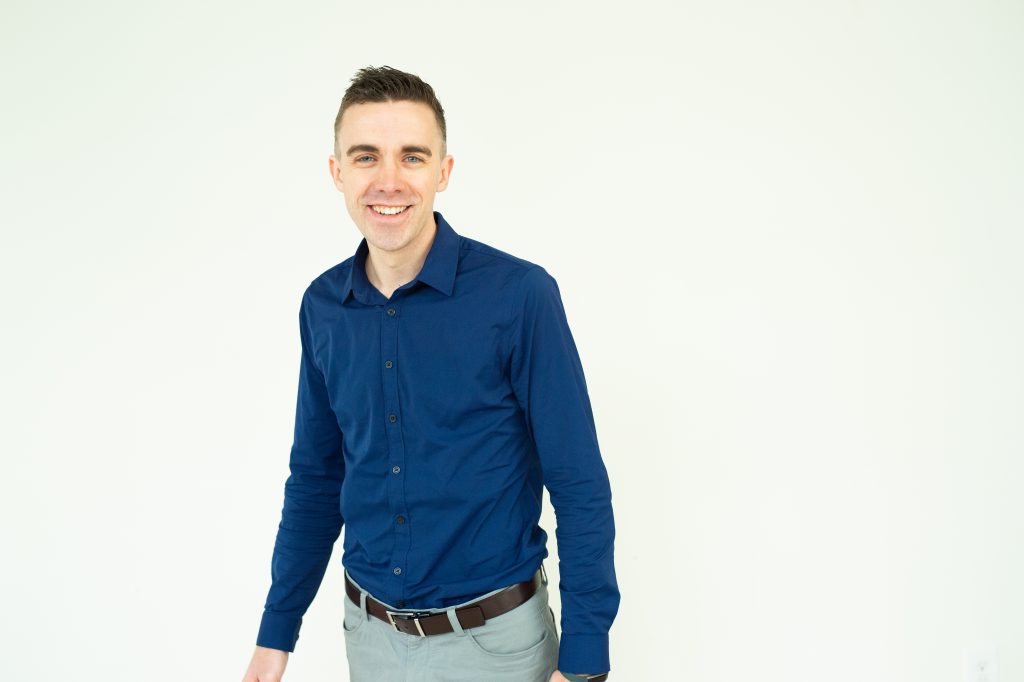Normal. That’s a pretty dangerous word.
I recently read an excellent and provocative piece by Jonathan Moody, the CEO of Moody Nolan (which is the largest Black-owned architecture firm in the nation and won this year’s AIA Firm Award) in which he articulates a hesitation around the concept of normalcy. He argues for a wariness of the term, suggesting that it bears the “uneasy undertones” towards the status quo and the unquestioned comfort of the one setting the rules of the game. If things are normal, then why should they change? We have always done it this way. This makes the most sense. Just check what we did last time. This seems to be the best fit.
You have likely heard similar things before, probably even around the office. As a baseline or casual reference point, “normal” is reductive at best and–at the very least–a supremely insufficient metric for decision-making in design. What is “normal”? Who is “normal”? Who gets to decide what characteristics get to define that for you, for me, for us?
Fifteen months ago brought about a global shutdown that lasted longer than most people imagined, bringing grief and change into every corner of the world. In the 12+ months since the murders of George Floyd and Breonna Taylor, our nation has regrappled with the pernicious grips of unjust systems, of pain and racism, white supremacy and inaction. Our profession has reckoned with our own layers of complicity, of finding a “new normal,” whatever that is supposed to mean, in everything from office etiquette to paid leave policies to recruiting more Black architecture students. Where we could productively work is no longer a settled topic, and justice and equity were no longer “out there” topics but amplified conversations about the very daily work of an architecture office. Whatever normal was–or was supposed to be–is permanently fractured.
But in that fracture rushed innovation, inspired action, and the momentum that arrives when we look closely at familiar things and realize they are not adequate. This fracturing reframed those “normal” things as the still-broken things, that all the people long considered outside the standard definition of normal actually are indispensable to the rich tapestry of our built environment. I have observed grassroots energy to recenter perspectives outside the architectural mainstream–neurodiversity, experiences with disability, Black contributions to architecture, women-led design, among many–but also have seen leaders support big and small changes in this continued reckoning.
That energy feels good, but the paradox of changing normals is discomfort. Creative teams perform best given diverse perspectives, which often leads to competing vantage points and potential for conflict. Moody points out that normalcy is seductive, a professional balm that keeps our dissension out of sight and out of mind. Changing an office layout is hard enough, let alone an architectural profession stretching back to the days when only white men could vote or own property. Unlearning and unraveling the “normal” systems is uncomfortable, yet holding onto our discomfort is something that designers and our firms are surprisingly familiar within our work–and simultaneously often poor at in our practices.
I moved into a new office space last week. Granted, it is just down the hall, but still required a heap of effort–phone calls with the property manager, logistics for keys, moving boxes, a shocking amount of cords, spilled dirt from the potted plants. Even small things take effort. Tackling the big changes of our time–climate change, systemic racism, universal access, polarization, liberty, and justice for all–will continue to require grassroots folks like you and me to push our conversations away from the “normal” and towards a better world. I am trying to be uncomfortable–will you join me?
In solidarity and action,
Michael Spory, Associate AIA
spory@vmdo.com

